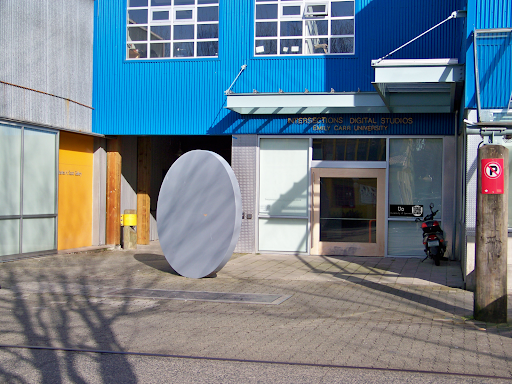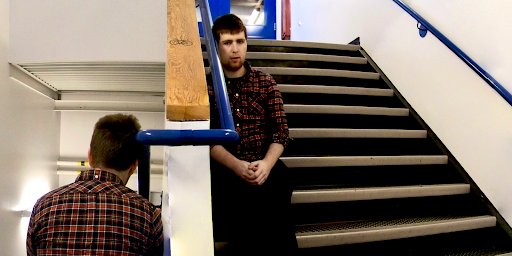Untitled(Mornington Crescent) from sam hipwell on Vimeo.
Or on Youtube http://www.youtube.com/watch?v=JhCczbEN8Rw
Untitled(Mornington Crescent, 2011, Video, 2:31
This video is a tribute to several television and radio programs from British and American culture, which have played a part in the development of the artist through his life. The main part of the video revolves around the act of making and drinking tea, with this act being carried out by the objects themselves. The use of stop-motion animation has several links with in the cultural context from old television shows like Bagpuss and Clanger's which where children animation show, which even with their short run; have become part of the building block of kids entertainment within Britain. Stop-motion allows the personification of object's, this act of personification only happens to this level within the realm of stop-motion, as other forms of animation use replica or generated objects. In stop-motion thought it is the real objects and in so creates a deeper link with the audience and a stronger sense of reality and the looking into the secret world of objects. This looking into the secret would of objects happens with in a lot of Jan Svankmajer's work mainly in the short video called “A Quiet Week in the House”(1969), in his work he uses a lot of stop-motion animation to give life to objects which allows him to have a greater connection with the audiences and the delivery of his idea's.
Another strong aspect of the video is the stereotype of BBC Radio 4 listeners, who are heavy tea and coffee drinkers and well educated. The video seeks to honour the BBC radio 4 show called “I'm Sorry I Haven't a Clue”, which is a panel show were the main goal is to have fun and a laugh by weird comments and taking the mickey out of other shows. As this show has been running since the 70's there is a large level of alienation on newer viewers due to the use of running jokes and rounds that may be a comment on a show that isn't broadcast any more. This alienation has been incorporated into this video, by the use of some of the jokes from the self-deprecating humour to the use of the swanee whistle and kazoo for the sound track.
The sound track is a mix of a British music and comedy tradition and an American horror and television show tradition. The sound track is the Gonk by H. Chappel, but using the swanee whistle and kazoo to preform it. This song is used in some point (usually in the end credits) in most zombie and at the end of 'Robot Chicken', it has the connotation of a dystopia future where an event has happened that dramatically changed the courses of human progression. This song can be seen as the removal of humanity where the objects and nature is left and they take over. With both playing large roles in popular culture at the moment. This idea of a dystopia dark future also occurs in the Timothy & Stephen Quay short film called “Streets of Crocodiles” (1986), where the whole action is played out by dolls in a dark and dusty area.








